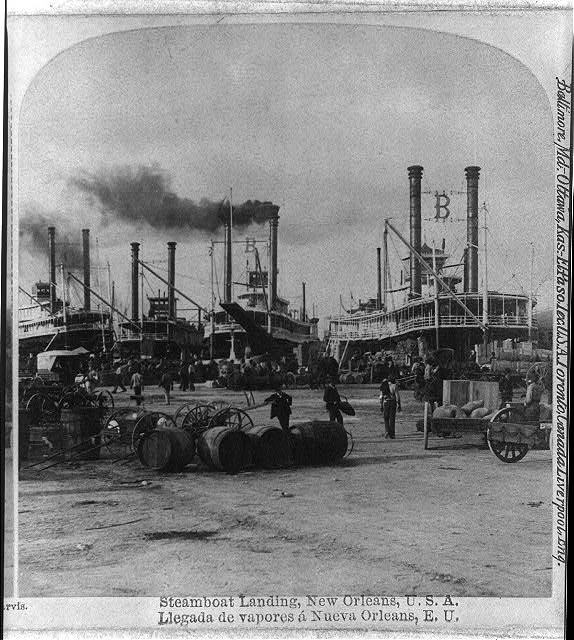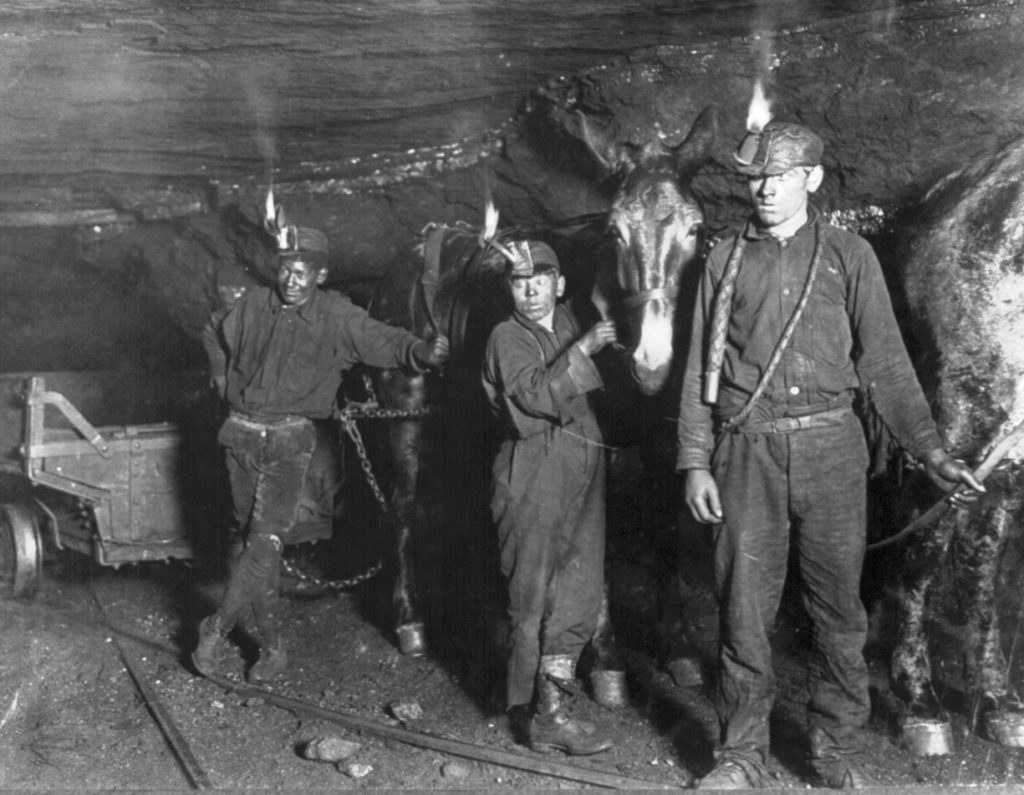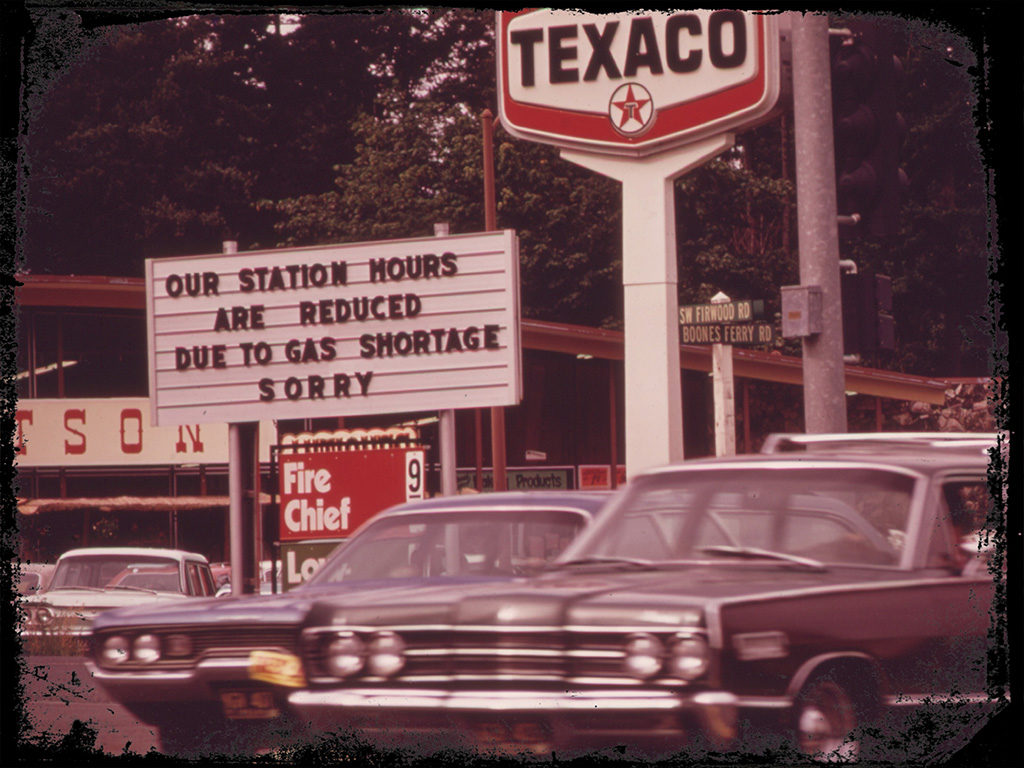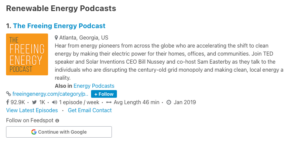Do you ever wonder why coal seems to be such a pervasive part of our world? It gets a bad rap today but it hasn’t always been that way…

Across the 1800s, much of America and Europe was built on a foundation of coal. This abundant black rock made steam engines feasible, helping coal-powered, paddle-wheel steamboats transform America’s waterways into low-cost transportation and distribution channels. The economics of steam locomotives became even more attractive as they switched from wood to coal. Over in Britain, a strategic shift to coal powered warships proved decisive, helping the country’s navies continue their dominance over the sailing ships of their rivals.
In 1827, metallurgic coal helped spark a revolution in steelmaking that paved the way for stronger buildings, bridges, ships, and factory equipment. Coal even powered the first electric grid, Thomas Edison’s Pearl Street Station in 1882.
GET MONTHLY NEWS & ANALYSIS
Unsubscribe anytime. We will never sell your email or spam you.
Coal brought hundreds of thousands of people and jobs to rural America in the early 1900s
A passage from George Orwell’s 1937 book, The Road to Wigan Pier (cited in Vaclav Smil’s book, Energy and Civilization)…
Our civilization, pace Chesterton, is founded on coal, more completely than one realizes until one stops to think about it. The machines that keep us alive, and the machines that make machines, are all directly or indirectly dependent upon coal. In the metabolism of the Western world, the coal-miner is second in importance only to the man who ploughs the soil.

In the early 1900s, rural parts of America like Appalachia became synonymous with coal mining. Hundreds of thousands of people poured in from around the world to mine coal, with the industry reaching its highest employment of 780,000 people in 1920. Even to this day, coal mining accounts for 20% of Wyoming’s state GDP and upwards of 10% for West Virginia.
Throughout the 20th century, the coal industry built a powerful symbiosis with the railroads and electric utilities. Today, 70% of coal is still distributed by railroads, and coal is the rail industry’s largest customer, at 30%. Nearly 90% of the coal industry’s output goes to the electric utilities.
So how is it that coal miners came to be seen as quintessentially American? For many parts of the country, this image was born during World War II. As the war progressed, commodities like coal became scarce and prices shot up, threatening to undermine the US economy. The US Office of War Information launched the “Drive for Anthracite” campaign, kicking off rallies in coal regions across the country. Government speakers called on the patriotism of miners, urging them into even more backbreaking, dangerous work. They responded by the thousands and the image of coal miners as self-sacrificing patriots became etched into much of the American psyche.
[Video from 1942 making the case that coal mining was crucial for winning the great war]
American grid operators turned to coal during the 1970s energy crisis
After World War II, the demand for electricity soared. Oil started replacing coal as a fuel source, rising as high as 17% of electric generation. At the same time, natural gas was abundant and cheap. It steadily rose as a generation source for electricity, almost doubling from 12% to 24% by 1970.
But then, in the mid-1970s, the grid got a double-whammy.

Natural gas had been price controlled by the government for decades. As the demand for heating and electric generation soared, prices remained fixed. Profits got crushed and drillers underinvested in discovering new reserves. Demand outstripped supply which led to nationwide shortages. Harsh winters and school closings forced natural gas to be prioritized for heating and industrial manufacturing.
Between October 1973 and February 1974, reacting to President Nixon’s support for Israel, OPEC quadrupled the price of oil causing shockwaves across the country. Cars were lined up around the block, waiting to get gas rations. US inflation and unemployment rose quickly. A global recession followed.
Blackouts and brownouts became more prevalent. Energy prices of all kinds shot up. But, it wasn’t long before coal came to the rescue. The second half of the 1970s saw coal power backfilling oil and natural gas for the grid. Congress went so far as to pass the Power Plant and Industrial Fuel Use Act of 1978, prohibiting new natural gas power plants and shifting all its support to coal (the Act was later repealed, but that’s another story). The government and utilities would never again build the grid on the political volatility of oil and the unpredictable shortages of natural gas. Coal became the backbone of the US electric grid, reaching its highest penetration rate a decade later, of almost 60%.
America was built on coal but we now have much better options
Getting frustrated with coal is a bit like getting frustrated with the training wheels on your first bicycle. They may be annoying now but you never could have learned to ride a bike without them. So, if they bother you, just take them off. And, that’s exactly what we’re doing with coal plants. The US has already shut down more than half its coal plants and the trend has accelerated over the few years, despite some political tailwinds.
For the first time in history, the world has better options than coal. In fact, virtually every other kind of energy, from natural gas to nuclear to wind and solar, are better than coal. It’s time to take off the training wheels.




One Response
This is true. America was also “built on slavery”, we moved on, theoretically.